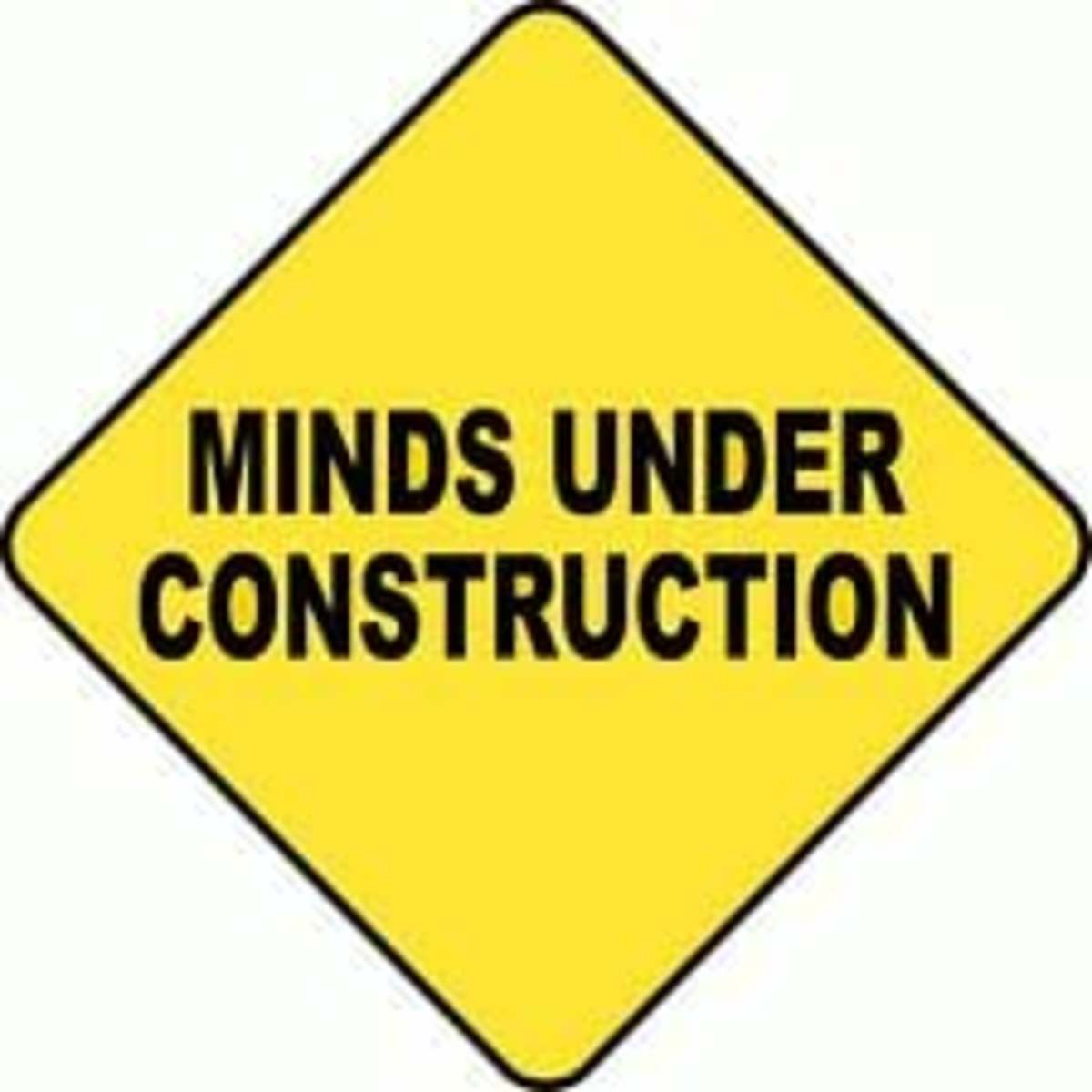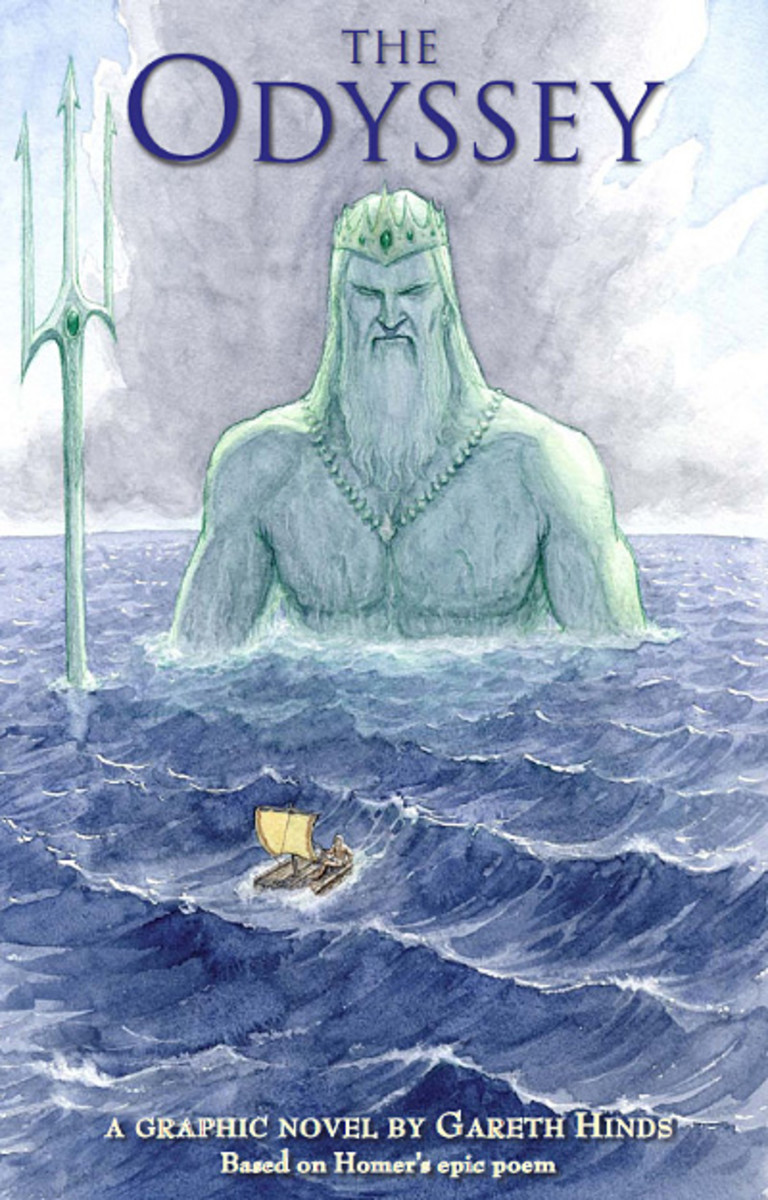How to Write a High-quality Discussion Post for Online Class
E-Learning

How to Write a High-quality Discussion Post for Online Class
First, know your subject! Read, read, read your assigned text first, and then all additional study papers that have been assigned or “recommended,” such as the Readings and Multi-medias that have been suggested by your instructor. The secret is to first read all of the information the instructor posts, and then all of the information the instructor requires and recommends; when reading your class text not only take notes on a separate note book, but also use a highlighter to accent notable information within your text. Use a pencil to asterisk (*) an important word, phrase, or paragraph. If you have an on-line text, such as Vital-Source Bookshelf—even better! Use the tools supplied within the Bookshelf program to accent, sort and organize your notes. Keep your school syllabuses up to date, by continually allowing the system to download modifications and revisions. Stay current!
Next, read all of your instructor’s course outlines and basically everything the instructor posts for the class. If the instructor posts it, then read it. You can then filter out what you do not need as you read. Although the function of an on-line class and on-line text is to be paperless, do not be afraid to PRINT what you need! Having a printed copy of the class Assignment Overview and Learning Outcomes is very helpful with staying on task and never missing any part of the instructor’s instruction. You can either highlight the printed instruction summary, or make-up your own condensed version of it.
You should only allow yourself a few days for the bulk of your weekly reading (printing and highlighting) from your text and other materials. On-line classes will often be open early, and give students access to the initial week of the classroom before the class officially begins. Use this time to read through all of the class information provided and certainly print off your first week’s class Overview. Whether you are currently engaged in a class or not, you can at least begin printing out your Class Overview and begin reading some of the assigned material and and/or recommended readings. You can also start outlining your first discussion, and then your second discussion, on a saved word document.
On week one, read the criteria for your Introduction, and then write that finished product onto a word document and save—paste it in the classroom at the assigned time. This can also apply to the process of your Discussion 1 and 2. Once you have read, watched and reviewed everything pertinent to the first week’s Discussion, you can begin your thoughts on a saved word document. Note; always work ahead of schedule and you will never be late with your assignments!
Saving the classroom Assignment Overview, Instructor Guidance, your own or even some of the Classroom Discussion posts into a labeled word document is vital. This can be a life-saver if there is sudden maintenance being performed on your classroom that is restricting access for a period of time. Be proactive! Printing pertinent information is also extremely helpful if you lose access to your own computer for a time.
Do not repeat yourself. I repeat, do not repeat yourself! When writing any piece you want to expand your use of synonyms (This is an alternate word or words to express your meaning). For example; lets say you are discussing History with various ways of looking at the past, you can write about exploring history and how we should look for patterns in the past and give meaning to these relationships, so that we may determine what is important and interpret them properly. When we expand on this thought we will want to rephrase some of the key elements, such as the use of the word historians (using what they do) to make a point, and not just repeat the notion of “when exploring history.” One may expand on the notion of exploring history by making it more personal, by discussing the various ways of using other approaches in the discussion. For example, you may elaborate by writing that 'you think historians might utilize other ways of looking at the past through such concepts as mythology, folklore, religious contexts or venues, oral traditions, urban legends, or popularly held views.'
Use the “Find” navigation tool on your word document to help you see where you may be repeating words and then go to the “Review” tool to use “Thesaurus” to find an alternate words (synonym) for your topic. Try not to repeat the same word or phrases. You may also use the "Find" navigation tool to locate your subject in your E-Text.
Note: Do not find resources and then try to write your discussion around it; write your discussion and then back it up with credible and investigated facts!
The key to a good discussion post is to explain your point in a concise manner, and then expand upon that point with material from your text, instructor guidance, ‘hand-outs,’ multi-media sources and perhaps be a bit creative by adding a corresponding quote, graphics, or other data, to add dimension to your discussion post. Hub Pages can be used as an excellent illustration in how to expound upon the on-line discussion post! The fundamental formulas for an excellent Hub Page can be found on the Hub Page’s support sections.
For example, HUBTOOL states:
Quality Hubs are:
-
Original
-
In depth
-
Useful
-
Media rich
-
Attractive and reader friendly
-
Supported with concrete facts and figures
Discussion Post can follow this same example.
-
Be original; this certainly means do not cut and paste from another discussion or simply cut and paste sections from your text.
-
In depth; give your posts complexity by digging deeper into the subject matter and not simply repeat ‘what you know’ about the subject. Find relating topics, issues or themes and pull them into your discussion, and use the class text and other class resources to clarify and justify the topic you have expanded on.
-
Useful; make your discussion point useful by getting to the crux of the matter in a concise manner; even take a stance on your topic. Keep this viewpoint as neutral as possible. Do not take a position unless you are ready to support it logically and rationally. Back up all of your work with credible facts.
-
Media rich; use graphics, videos or other visual aids to accentuate your topic.
-
Attractive and reader friendly; again, be clear and to the point. Separate paragraphs and sections wisely. Emulate other attractive and reader friendly posts. Do not simply cut and paste your post in one, long piece. Or, simply begin typing in the Discussion Post in one long winded rant. Construct your post into something that you would be able to read through quickly and understand its content.
-
Supported with concrete facts and figures; this is a given! Reinforce everything you make a statement or claim about. Use credible evidence and statistical data.
When writing the first portion of your discussion, use the discussion question within the context of your discussion ‘answer.’ For example, if the Discussion 1 asks “How is history (particularly as an academic discipline) different from other ways of looking at the past? In what ways might historians utilize these other ways of looking at the past?” You can begin by writing; “I believe that history, particularly as an academic discipline, is different from other ways of looking at the past, in that the concept of history performs a fundamental role in human thought and is based on the theme of continuity and change over time (Geisler, 2014).” This format makes a concise opening to your discussion that gives the reader an idea of exactly where you are leading them.
Finally, be sure to list your resources/references within your discussion and at the end of your discussion page. Give credit where credit is due; if you paraphrase a sentence, paragraph or idea, be sure to list that source.
Best of luck on your next Discussion Post!
Reference:
Geisler, I. (2014). Week 1 Instructor Guidance – History as Construct. Lowe, W. C. (2009) History and Historiography. (Classroom Materials) Ashford University, Clinton, IA.
Classroom Overview Assignments (Example)
Overview Assignment
| Due Date & Format
| Grading Percent
|
|---|---|---|
Post Your Introduction
| Day 1 / Discussion
| 2
|
Discussion 1: Change in History
| Day 3 (1st Post) / Discussion
| 4
|
Discussion 2: Corruption in Historians
| Day 3 (1st Post) / Discussion
| 4
|
Week One Quiz
| Day 6 / Quiz
| 5
|
Discussions & Assignments
Print:
- Weekly Class Overview
- Readings Assigned
- Recommended Readings
- Recommended Multimedia
- Discussion 1 - Title and assignment
- Discussion 1 - Title and assignment
Also Print:
- Final Paper (Example; Research Project Assignment)
- All criteria and instructor's notes and comments. Find this assignment located in your 'Final Week' of your syllabus--begin thinking about your class Final Paper in week one!








